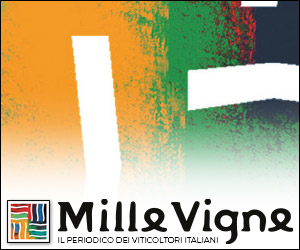Sara Falchetto
Prosecco DOC is preparing for a significant turning point that could redefine the way one of the most popular Italian wines in the world is conceived and consumed. The Consortium for the Protection of DOC Prosecco, in collaboration with the University of Padua, presented the first results of the “Prosecco Low-Alcohol” project, an initiative that aims to respond in a concrete way to the new needs of the market and consumers, increasingly oriented towards healthy products with a low nutritional impact.
At the heart of the project is the idea of a Prosecco with an alcohol content of between 8 and 9 degrees, but above all with a low residual sugar, brut and extra-dry, thus overcoming the current limit of the appellation, which provides for low-alcohol sparkling wines only in the demi-sec version, characterized however by a high sugar content.
The goal is to offer a product more in line with current health trends, capable of combining lightness, taste and quality.
What makes this path truly innovative is not only the final result, but also the production method adopted: no use is made of dealcoholization techniques or invasive processes, but rather of careful management of fermentations, both in the first and second fermentation phases.
According to Simone Vincenzi, professor at the University of Padua, the first results of the experimentation have been positive and fully in line with expectations. He also underlined the importance of the method used, explaining that it is not a dealcoholizing process, but rather an alternative approach to the management of fermentations, which allows for the natural obtaining of a product with reduced alcohol and sugar.
The Consortium has already declared its intention to bring this proposal to the attention of the Board and then of , subsequently, of the Members Meeting, with the objective of modifying the production specification, officially introducing the possibility of producing a Prosecco DOC with a low alcohol and sugar content. An initiative that could position the Prosecco Denomination as one of the most far-sighted and advanced at an international level, ready to anticipate market changes and embrace a more well-being-focused production model.
This important evolution was made official at Vinitaly 2025, during a technical event held at the Prosecco DOC Theatre, in the presence of producers, researchers and representatives of the wine industry.
The project was received with great interest, underlining how the Appellation is taking actual steps towards a future in which taste, tradition and health can coexist.
Alongside the project on Prosecco Low-Alcohol, the Consortium also illustrated two important genetic research initiatives on the Glera variety, carried out together with the University of Padua and CREA. The first project, “Gleres”, aims to obtain new cross-bred varieties, capable of maintaining taste characteristics of Glera but with greater resistance to fungal diseases.
The most advanced result of this work is represented by “Glaurum”, the first“daughter” of Glera, which was officially tasted during the event.
The second project, “Glera 2.0”, focuses on the application of Assisted Evolution Techniques (TEA) directly on the Glera variety, in order to improve its genetic resistance without altering its varietal identity. A delicate but fundamental balance to guarantee qualitative continuity and production sustainability. The President of the Consortium, Giancarlo Guidolin, underlined how these initiatives represent a tangible response to the challenges of contemporary viticulture, in a context in which climate pressure, market demands and public health regulations impose new solutions.



